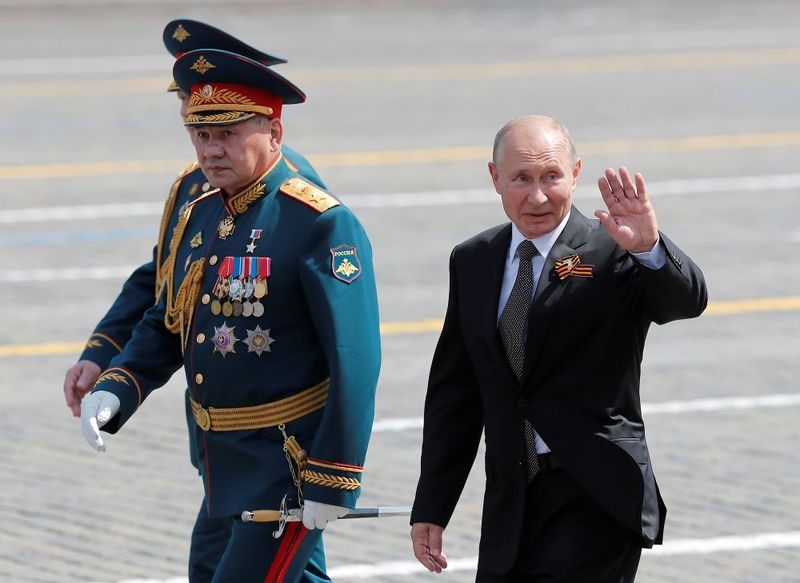Russia officially terminated its involvement in the Treaty on Conventional Armed Forces in Europe (CFE) at the stroke of midnight on November 7, 2023. The announcement, made by the Russian Foreign Ministry on its official website, marks the completion of a withdrawal procedure that had been suspended by Russia in 2007. This bold decision brings an end to an era of arms control agreements and raises concerns about the future of global security.
Midnight Withdrawal Marks the End of an Era:
The CFE, a pivotal arms control treaty originally signed in 1990, was intended to maintain a balance of military power between NATO countries and the Warsaw Pact states. It officially came into force in 1992. The treaty imposed limitations on the quantities of conventional weapons and military equipment that member states were allowed to possess, fostering transparency and reducing the risk of large-scale arms buildups in Europe. Russia’s withdrawal from the CFE signifies the end of an era when nations were bound by mutual agreements to control arms and maintain regional stability.
Russia’s Reluctance to Pursue New Arms Control Agreements:
One of the most striking aspects of Russia’s withdrawal from the CFE is its expressed reluctance to pursue new arms control agreements with NATO countries. The Russian Foreign Ministry statement indicated that Russia does not currently see the possibility of concluding such agreements. This stance raises questions about the future of arms control in the region and has left experts and policymakers in the West deeply concerned about the potential consequences for European security.
Furthermore, Russia’s exit from the CFE also renders two other related agreements null and void for the country. The Budapest Memorandum of November 3, 1990, which established the maximum levels of conventional weapons and equipment for six Warsaw Pact countries, and the Flank Agreement of May 31, 1996, which modified the original treaty, are now no longer applicable. This further underscores Russia’s distancing from arms control mechanisms that have been in place for decades.
Ramifications of Russia’s Exit on Global Security:
The repercussions of Russia’s withdrawal from the CFE are far-reaching and have raised serious concerns among the international community. The treaty had provided a critical framework for maintaining stability in Europe, and its collapse leaves a void in terms of monitoring and limiting conventional arms. Without such constraints, there is a heightened risk of arms proliferation and an escalation of tensions in the region.
In the absence of arms control agreements, countries in Europe will now face the challenge of maintaining transparency and avoiding a potentially dangerous arms race. NATO member states are likely to reassess their defense strategies and posture in response to Russia’s withdrawal. This development also has the potential to strain already fragile diplomatic relations between Russia and Western countries.
In conclusion, Russia’s official exit from the CFE arms control treaty marks the end of an era that promoted transparency and stability in Europe. With Russia expressing reluctance to pursue new arms control agreements, the international community faces the daunting task of maintaining regional security in an increasingly uncertain landscape. The ramifications of this move on global security are still unfolding, but it is a development that will undoubtedly shape the geopolitical dynamics in Europe for years to come.















